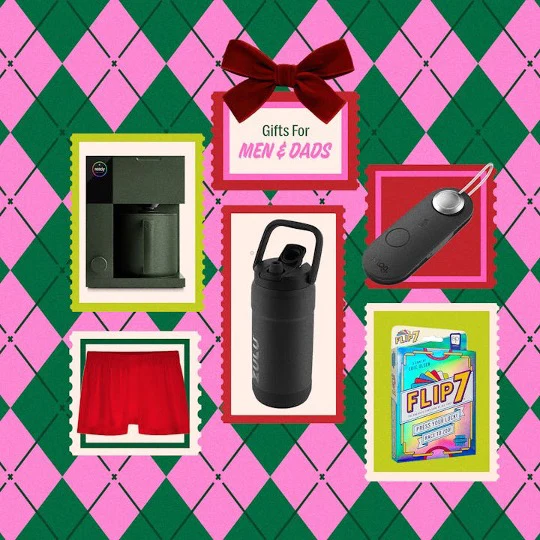

Appalachian Trail Gear List for Older Hikers (Beginner-Friendly)
Meet my stepmom, Nora. She’s loved hiking all her life and has dreamed about hiking the Appalachian Trail since she was in her 20s. Now, at the age of 60, she is ready to get serious about backpacking and turn her dream into reality. Check out Nora’s gear list and our gear recommendations for older hikers below.
Nora grew up on the Jersey shore but regularly went day hiking on the AT in New Jersey and Pennsylvania. She was fascinated by the trail from an early age. She told me, “I would hike around the Delaware Water Gap and be entranced with the idea that I could just head south and walk to Georgia.”
Nora is planning to section hike the AT over the next 10 years, with a goal of completing the trail by her 70th birthday. She is hopeful that she can begin tackling her 2,190-mile trek this May, depending on the state of the pandemic at that time.
Gear Considerations for Older Hikers
Whatever 2021 has in store for the thru-hiking community, we knew it was high time to start talking gear. Helping Nora—who is approaching thru-hiking from a very different place than me—select items that would fit her individual preferences and priorities proved to be an interesting exercise. Throughout our gear chats, I noticed a few themes that I think are reflected in her gear list in progress:
- Comfort is a higher priority. I think many 50+ hikers would agree that they find the ease and comfort of, say, an internal frame pack and a freestanding tent with side entrances worth the extra ounces. It’s a careful balancing act to make sure you don’t end up with too much weight on your hips and knees, but making these concessions in the name of comfort can help older backpackers to better enjoy their hikes.
- A more generous budget, perhaps? Of course, this isn’t true for all 50+ hikers, but if you’ve spent 40 years working and saving, you may be better able to invest in quality ultralight gear. If your gear is on the heavier side (see above), being able to spend the extra $100 for the item that weighs five ounces less can really lighten your load. And once you’ve made those investments, backpacking can be a pretty cheap way to spend your retirement.
- Health and safety considerations are paramount. Some older hikers, for example, might choose to carry extra ibuprofen for aches and pains, or chewable aspirin if they are at higher risk of having a heart attack. Some, like Nora, may have extra equipment they need to carry with them—more on that below.
From the Squad
Campfire conversations with our community, from Squad Members and Ambassadors to Brand Partners and the Sawyer team.

















